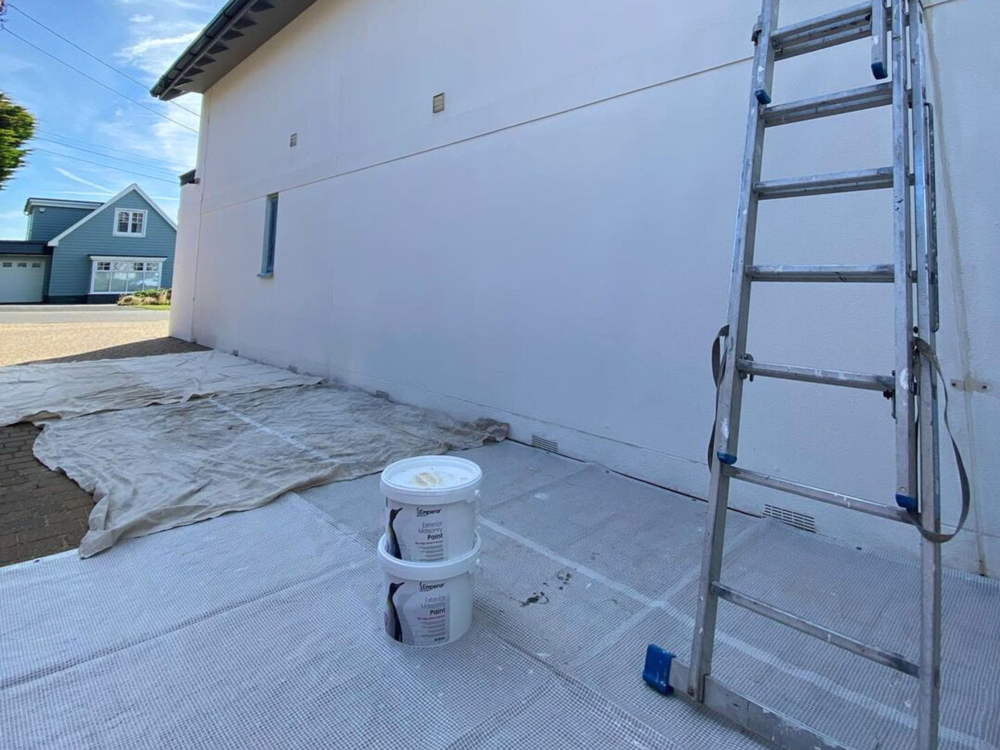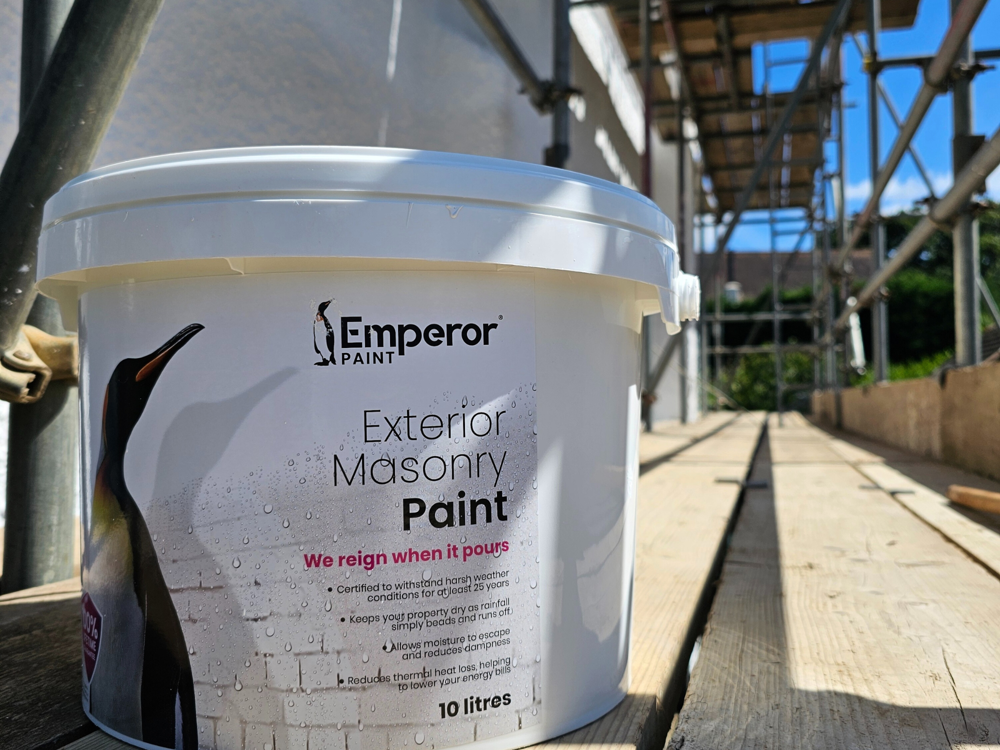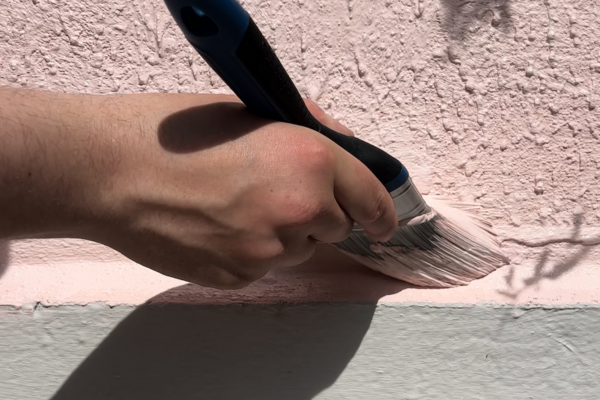
Planning an exterior paint project but unsure about drying times? Understanding how long masonry paint takes to dry is crucial in order to plan your project effectively and ensure you achieve the best possible results. That is why our team of experts have put together this handy guide containing everything you need to know about masonry paint drying times to get you ready to start.
What Is The Typical Drying Time For Masonry Paint?
Let's start by discussing what we meant by the term 'drying time' as there can be some confusion about what this means. When it comes to paint there are three different forms of drying time; the touch dry time, the recoat time and the curing time.
TOUCH DRY TIME
The most common interpretation of drying time is the touch dry time. This is the time it takes for the paint to be as the name would suggest, dry to the touch. This is also the time it takes a masonry paint to be showerproof, where it won't wash away if it rains.
When it comes to the vast majority of masonry paints this is 1-2 hours in 20°C temperatures. In lower temperatures, this drying time will extend slightly.
RECOAT TIME
The recoat time is the time you must leave between your first coat of masonry paint being applied and your second coat. A common misconception is that you can apply your second coat of paint once your first coat is touch dry. By applying your second coat of paint before the first coat is ready to be recoated, you can run the risk of reactivating the first coat and instead create one thick film of paint.
Not only will this film of paint find it difficult to dry, you will also not receive the full performance benefits of the masonry paint you are using as they are designed to work as two coats of paint.
The typical recoat time of masonry paint is anywhere from 4-8 hours, again based on 20°C temperatures. With oil-based masonry paints, the recoat time can often be anywhere from 12-24 hours depending on the masonry paint you are using.
CURING TIME
The lesser known drying time to consider when applying a masonry paint is the potential curing time. The paint curing process is what happens when your paint is fully hardened and bonded to the wall.
The curing time of all paints can vary. For example, our Emperor Masonry Paint can take up to 14 days to fully cure and for the super hydrophobic effect of the paint to be visible. In most cases it will be a quicker process than this however.
While masonry paint will still be able to withstand the elements once touch dry, before it has fully cured it can be easier to damage the paint film by scuffing or scratching it. That is why it is important to take care at first while the paint is newly applied.

What Can Impact The Drying Time For Masonry Paint?
TEMPERATURE
As we have mentioned, the temperature is the key factor in drying times. This is because paint dries quicker in hotter temperatures.
Most drying times that you will see on the instructions of masonry paint are based off 20°C temperatures. This provides a guide for how to adjust your drying time. If it is lower than 20°C then it will dry slower, if higher than 20°C it will dry quicker.
When working out how long you need to allow your masonry paint to dry, it is important to check if the temperature will be below 5°C. Most masonry paints will not dry in temperatures below 5°C. If the temperature drops below 5°C, the paint will stop drying until the temperature goes back above 5°C.
For example, if you leave masonry paint to dry for 10 hours but temperatures were only above 5°C for 2 of those hours, the paint will have dried for 2 hours in total.
MOISTURE
Moisture is also a key impact in drying times. In humid conditions, the moisture within the paint can find it more difficult to evaporate, slowing the overall drying time.
THICKNESS
Finally, how thick you applied the masonry paint can impact the drying time. The thicker the paint is applied, the longer it will take for the moisture to evaporate and for the paint film to dry.
Applying masonry paint too thickly is something to try and avoid, as it can cause the paint film to crack and craze. This is caused when the moisture cannot evaporate sufficiently, causing the surface to dry before the inside of the layer of paint is dry. As the moisture pushes its way out, it can crack the surface layer of paint.

Planning Your Project
With drying times being crucial to the success of your project, it is important to plan ahead in order to provide yourself with time to allow each coat of paint to dry.
We generally advise carrying out each step of your project on a separate day. The best course of action in most cases is to allocate one day to preparation, one day to applying your first coat of paint and one day to applying your second coat. This means that you allow your first coat to dry overnight and ensures that it has had a minimum of 8 hours to dry.

We hope this guide has helped explain how long masonry paint takes to dry and all of the key things you need to know before painting the outside of your home. Ready to plan your project? Take a look at our guide on how to paint masonry.

